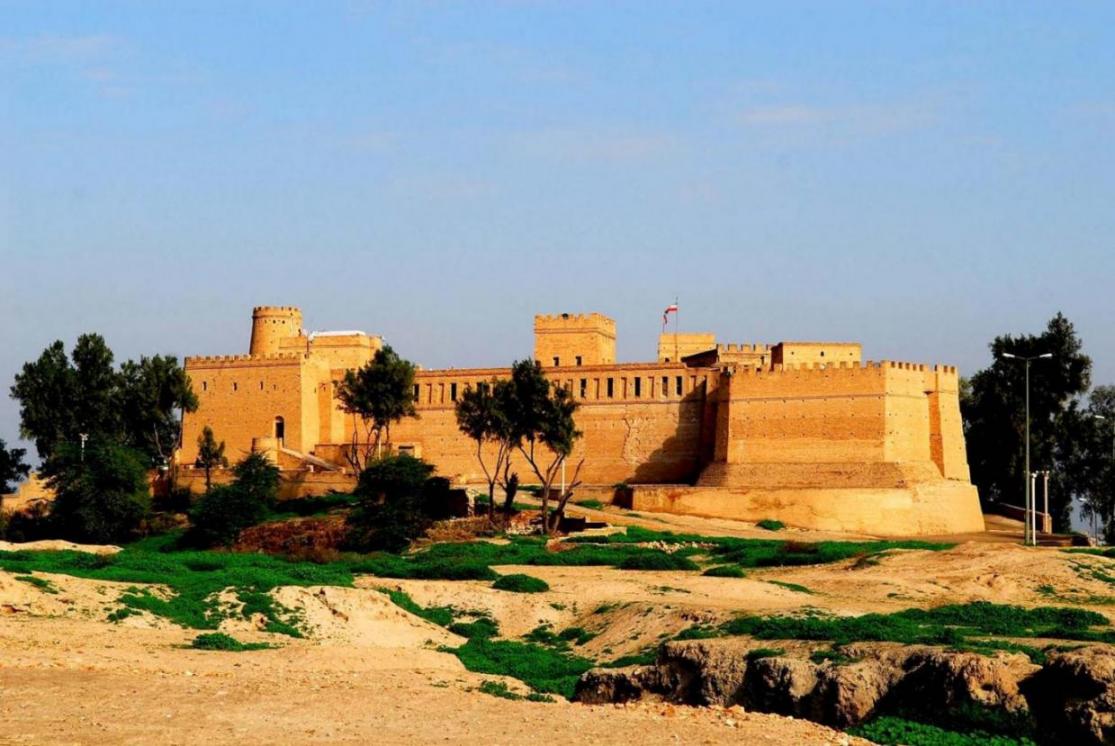The inscription of the historical city of Susa on the World Heritage List completed Khuzestan Province’s triangle of UNESCO-listed sites. Previously, the ruins of Chogha Zanbil and Shushtar Historical Hydraulic System were inscribed on the list in 1970 and 2010 respectively.
Despite their world heritage status, the two sites did not receive the attention they deserved and were under-protected, raising concerns over the future of the newly registered historical site, the Persian daily Donya-e-Eqtesad reports.
Susa is one of the oldest cities in the world. Archeological studies indicate the city was continuously inhabited from 4000 BC to 900 AD. During that period, it served as the capital of the Elamites and subsequently the Achaemenid Empire. Last year, 15,000 foreign and 1 million domestic tourists visited the ancient city.
Lack of Accommodation
World heritage sites are by definition prime tourist attractions, but inability to accommodate the influx of visitors will only serve to deter tourists, which leads to lost revenue.
According to Mehdi Gahestooni, director of activist group Taryana, Susa lacks infrastructure to host tourists who want to stay nights.
Travelers who visit Susa end up staying in surrounding cities, such as Ahvaz, Dezful and Andimeshk. While this may financially benefit those cities, Susa loses much needed income, he says.
“Susa’s geographical location is excellent; it is close to two major airports [Ahvaz and Dezful] and a main road runs through the city,” said Gahestooni. “With proper planning, effective promotion and expansion of hospitality services, Susa can draw tourists in droves.”
He pointed to Dez and Kerkheh national parks, as well as other historical and religious sites in the vicinity of Susa, and stressed the need to capitalize on the city’s myriad of attractions.
Preservation Essential
Protection and preservation of heritage sites is important, doubly so for world heritage sites. It would be naïve to think the responsibility of protecting historical sites falls on any one organization; relevant authorities and the public alike have a duty to protect the historically-significant sites, according to Gahestooni.
He believes everyone is motivated to protect Susa now that it has received world heritage status, and make sure the same fate that befell Chogha Zanbil does not await Susa.
“The 1980-88 Iran-Iraq war, archeological studies and illegal excavations all damaged Susa,” said the activist. “It is imperative to raise public awareness and encourage people to do their part to help protect the ancient city.”
He called for experienced archeologists and experts who are familiar with Susa to be used to help protect and restore the city’s historical texture.
Gahestooni said measures have been taken to restore damaged structures, but emphasized that a lot more needs to be done and pointed out that with more attention given to Susa, more problems will be exposed.


